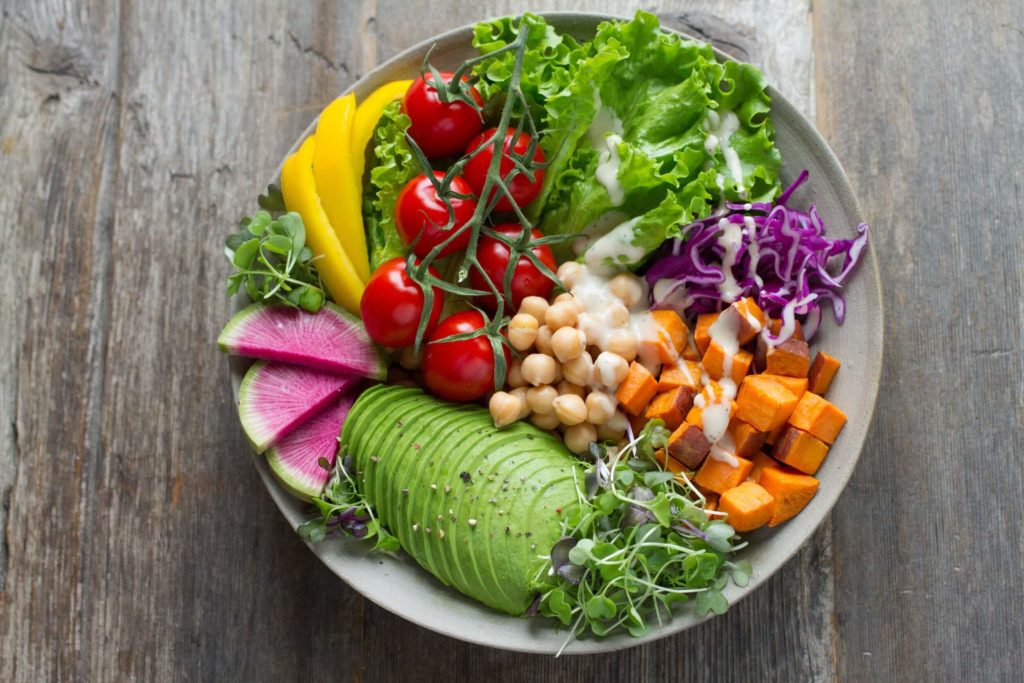Everyone understands that calories are talked about whenever the conversation is about food or exercise. But what are calories?
According to Britannica, the calorie was originally defined as the amount of heat required at a pressure of 1 standard atmosphere to raise the temperature of 1 gram of water to 1° Celsius. When people are talking about calories while referring to food, they are usually talking about the amount of ‘kilocalories’ any food item has, which is listed on nutrition labels. The unit of measurement used is 1 large kilocalorie, the equivalent of 1,000 small calories.
Kilocalories are the main form of measurement for your workouts and your food. They are usually denoted by ‘kcal’ and are commonly referred to as Calories. We know that it is confusing but the main thing to remember is that when someone says “I burned 200 Calories in my workout” or “I ate this dessert which was 200 Calories”, what they mean is that they burned or ate 200 kcals.
To determine a way to indirectly estimate the number of calories in food products, Wilbur Atwater, the 19th-century U.S. chemist, discovered a technique. He introduced what is now known as the 4-9-4 system. He understood that traditional calorimeters didn’t take into account that humans lose some calories through heat, as well as by passing urine and faeces.
Atwater overcame the loss of calories in the estimation by calculating the number of calories in different foods and then testing poop to see how many calories were expelled.
Yes, he actually tested poop.
His experiments showed that proteins and carbohydrates each have about 4 calories per gram and fats have 9 calories per gram, hence the 4-9-4 system. He also discovered that alcohol has 7 calories per gram

Calories in food
Calories can work in a weird way. For instance, the approximate calorie content of a plate of pasta, between 300-400 Kcal, is close to that of 2 cans of cola, while pasta releases its energy content in the body more slowly, cola releases it instantly.
Now you understand that calories can’t be looked at only through the lens of quantity but must also be seen in quality. If you just go by the numbers for macronutrients then you could mistakenly assume that “Carbs are evil”. The real truth, however, is that the sourcing and processing of the food that you eat play a major role in how your body breaks down the food and in the quality of the food.
Unlike soft drinks like cola or desserts like candy that provide no nutritional value, whole foods such as fruits, vegetables, legumes, nuts, seeds, whole grains, meat, fish and eggs provide the necessary minerals, nutrients, fibre and calories to get you through the day.
The difference boils down to the distinction between simple carbs and complex carbs. Simple carbs are mainly sugar that is easily absorbed by the body such as raw sugar, fruit juices, cola etc. Complex carbs are the ones that take time to process in your body, the more complex the carb, the better. This also makes them more filling, which means they’re a good option for weight control.
Fibre and starch are the two types of complex carbohydrates. Fibre is necessary because it promotes bowel movement and helps control cholesterol. Starch is also found in some of the same foods as fibre. The difference is certain foods are considered more starchy than fibrous, such as potatoes.
It is important and necessary to look at a balanced diet so that your body gets the right calories from the right nutrition. All the important nutrients are present in the natural foods that we eat. Different food items have different proportions of nutrients present in them. The requirements of the nutrients depend on the gender, age, and health of a person.
Reading a nutrition label
With so many food options to choose from, it becomes a daunting task to select the correct ones. Reading the nutrition label at the back of your product can make life simpler, if not perfect because it is the only way to be sure of exactly what you are eating.
Some of the ingredients to watch out for is the amount of sugar, saturated fat, trans fat, and cholesterol. Sugar is labelled under carbohydrates, which have a bifurcation of sugar and fibre. This will give you a fair idea of the amount of sugar content that the product has vs fibre and give you awareness of what you consume, thereby controlling your calorie intake.
For saturated fat or cholesterol, if the product has a high amount of either then it is bad. Choose foods that are lower in their Daily Value (DV) 5% DV or less is low and 20% DV or more is high. This leads to a reduction in total fat consumed since 1 gram of fat has 9 calories, which is the highest amongst the other macros.
Trans fat doesn’t have a daily value requirement, hence be extra careful when you choose items that have trans fats. There are many other ingredients that you need to look out for, just knowing that these need to be checked would help you bring in a habit of reading the label while expanding your range of products that you want to avoid. Simple decisions avoid simple calories.

Calories in vs calories out
Technically, you can have pizza every day and still have a rocking six-pack. In the end, you just need to be burning as many calories as you consume. Right?
Unfortunately, that is not an excuse to eat pizza every day just because you can. You will not get all the nutrition that you need to maintain holistic health. More than anything in recent times, one thing that the pandemic has taught us is the importance of immunity and overall health.
Calories in vs calories out mentality allows you to track the amount that you eat vs the amount that you burn. It is an important metric to consider to maintain, gain/lose weight. However, just that mentality will not provide an overall look at your health. It is important to observe the quality of nutrition that provides the necessary ammunition to fend off diseases and viruses.
Exercise for burning calories
Every individual burns calorie differently, depending on the diet, metabolism, sleep, lifestyle and genetics. According to WHO, one should do at least 150–300 minutes of moderate-intensity aerobic physical activity or at least 75–150 minutes of vigorous-intensity aerobic physical activity. The person should also do muscle-strengthening activities at a moderate or greater intensity that involve all major muscle groups on 2 or more days a week, as these provide additional health benefits. You may be wondering, how many calories does all this burn?
A general estimate depends on your age, weight, height and most importantly, what workout you’re doing. Many individuals prefer running, many prefer strength training, and some prefer a combination of both.
An individual who weighs 160 pounds (73 kg) will burn about 250 calories per 30 minutes of running at a moderate pace. If the person was running at a faster pace of 6 miles per hour, the calories burned would be around 365 calories in 30 minutes. If the person was strength training for a similar amount of time, the energy expended would be between 130–220 calories. Some runners use the 100 calories/mile rule. This might be the quickest and easiest way to estimate your caloric expenditure, but not the most accurate as it does not take important variables into account.
Workout programs to burn calories most efficiently
Depending on your fitness goals, there are many exercises out there that will help you burn calories and get you to where you need. While there are no right or wrong answers, who doesn’t love efficiency? Here are two science-backed programs that we especially admire:

Tabata, a type of HIIT workout that aims to yield the most benefits in a short amount of time. It originated in the research of Japanese scientist Dr Izumi Tabata and his team from the National Institute of Fitness and Sports at Kagoshima Prefecture, Japan, on high-intensity exercise during the early 1990s. For each exercise, you do eight rounds of 20 seconds of strenuous exercise followed by 10 seconds of rest.
Based on this research, World CrossFit champion Kara Saunders has curated a 5 day Tabata Challenge taking the best high-intensity cardio and movements to push your endurance. This Ultrahuman challenge weaves the best of Dr Tabata’s findings with the experience of Kara Saunders, combining full-body drills and workouts to maximise your results.

EMOM, an acronym for “every minute on the minute,” workouts challenge you to complete an exercise for a certain number of reps in less than 60 seconds. The remaining time within the minute serves as your recovery.
If you are looking to increase your cardiovascular fitness and improve your anaerobic and aerobic capacity while you burn calories the most efficiently, then look no further than this Ultrahuman workout. World CrossFit Champion Kara Saunders takes you on an intense 7 day EMOM Bootcamp to kickstart your EMOM journey.
Mindfulness in choosing the right foods, the right workouts and the right habits will help make the calories work for you rather than calories making you work for them.
Make it count.








